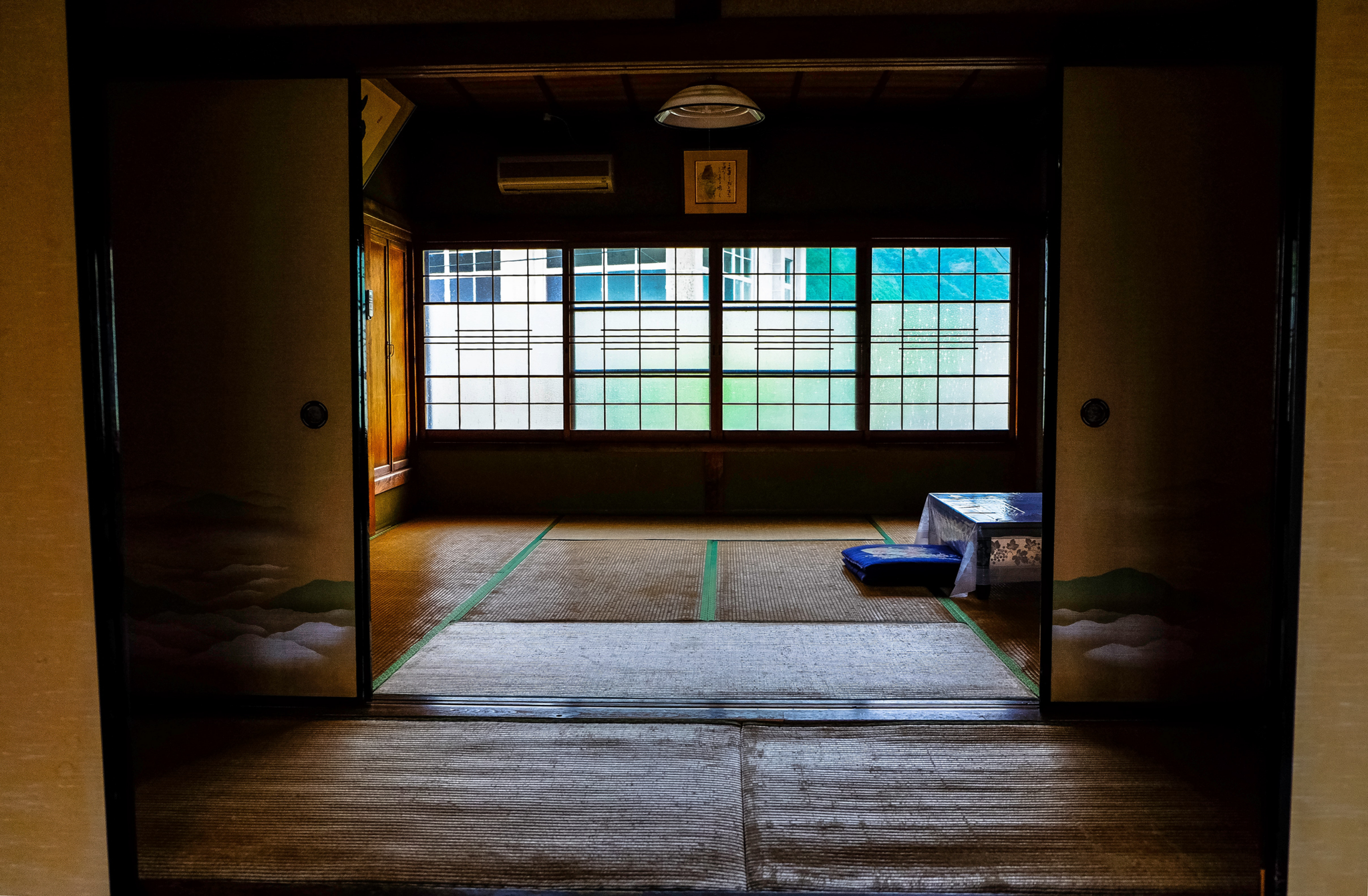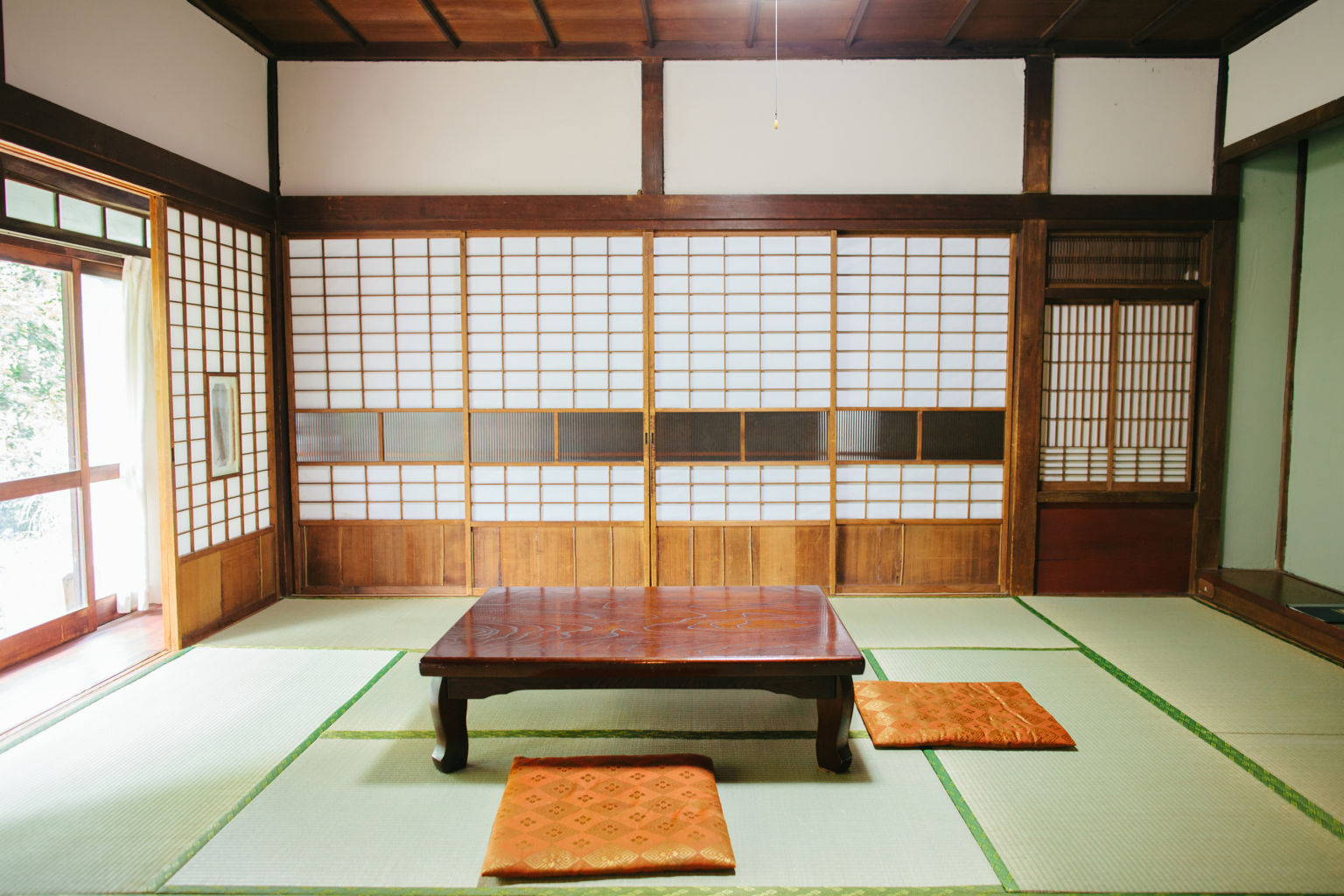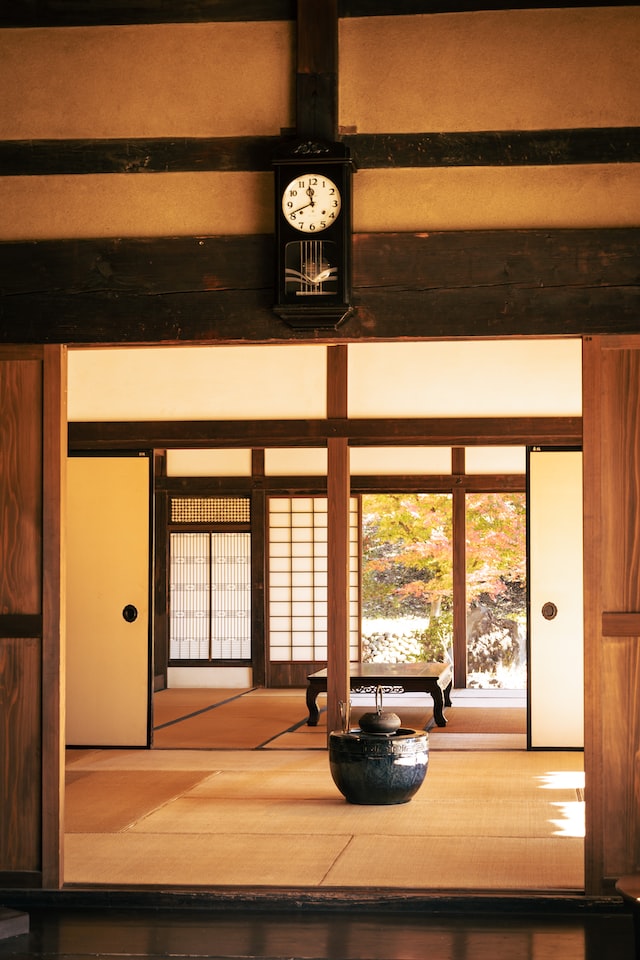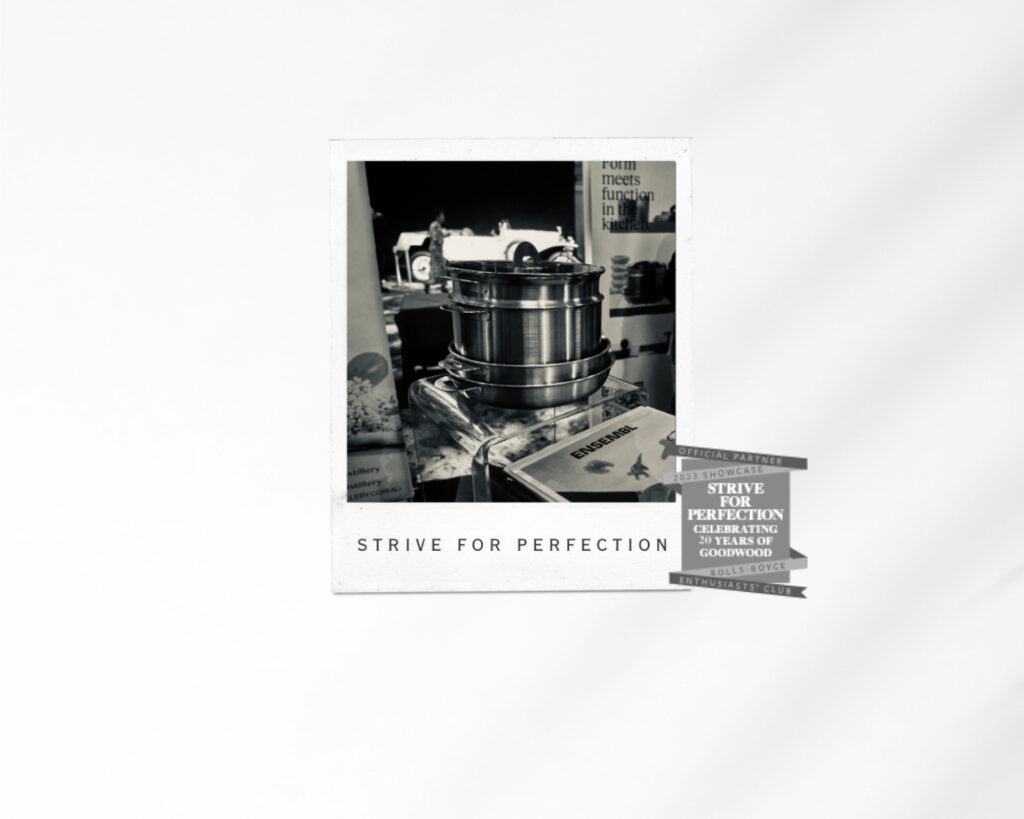Ryokan: Transforming Space
Exemplifying the way to transform and transition a physical space.

Words:
Team ENSEMBL
Spotlight: Ryokans
If you’re looking for inspiration for a small-space or trying to create more multifunctional spaces in your home, take note from the design of Ryokans.

Ryokans, traditional Japanese inns that have existed since the eighth century, offer travellers between cities a place to sleep, as well as breakfast and dinner.
Originally developed as bed and breakfasts for journeying samurai, the oldest hotel in the world is a ryokan: the Nishiyama Onsens Keiukan was founded in 705 AD and remains operational today.
History aside, ryokans are an excellent example of the way in which negative space – ma – features in Japanese design and aesthetics.
A ryokan’s distinguishing design features include tatami mat floors, sliding doors, and the overarching idea that the space of the rooms within a ryokan are fluid and changing: to be expanded or condensed, opened or closed, as needed.
An otherwise empty room is likely to include a small table during the day; this will be will be replaced with a shikibuton for sleeping in the evening. The sliding doors can move to provide extreme privacy or complete openness, perhaps openness to a balcony, to other shared rooms of the ryokan, or simply to open up the private space.
It is not only what is physically present in the space, but what is absent from the space at any time (ma) that sets the tone and maintains the mood for that space at any given moment.
While it’s unlikely to see an influx of ryokan-style rooms popping up in mainstream America, the ryokan aesthetics and the principles that guide the use of space can help us think about our own spaces in different ways.

Could you do more in a single space by thinking of ways in which it could be transformed?
Sliding doors may not be an option, but what about room dividers which allow you to open and close a space depending on the occasion?
Are there pieces of furniture in your home which you use infrequently that could be put away, and brought out only when necessary to transform the space for a different use?
Would a space feel different if you removed the things that were unnecessary, and would that change the way you functioned within?
Think about the design of Ryokans as you transform your own multifunctional space.
More Stories
-
 05.11.2023 | News
Celebrating with Rolls-Royce
05.11.2023 | News
Celebrating with Rolls-Royce
Bringing design, innovation, sustainability, performance, luxury, and craftsmanship together.
-
 01.11.2023 | News
Utility Patent Granted
01.11.2023 | News
Utility Patent Granted
The ENSEMBL: Stackware Removable Handle has received a utility patent.
-
 20.03.2023 | Perspective
100 Years of Iconic Designs
20.03.2023 | Perspective
100 Years of Iconic Designs
Icons bring together innovation, functionality, timelessness and captivating design. Celebrate 10 of the most iconic products created over the last century of design.
Free shipping on all North American orders.